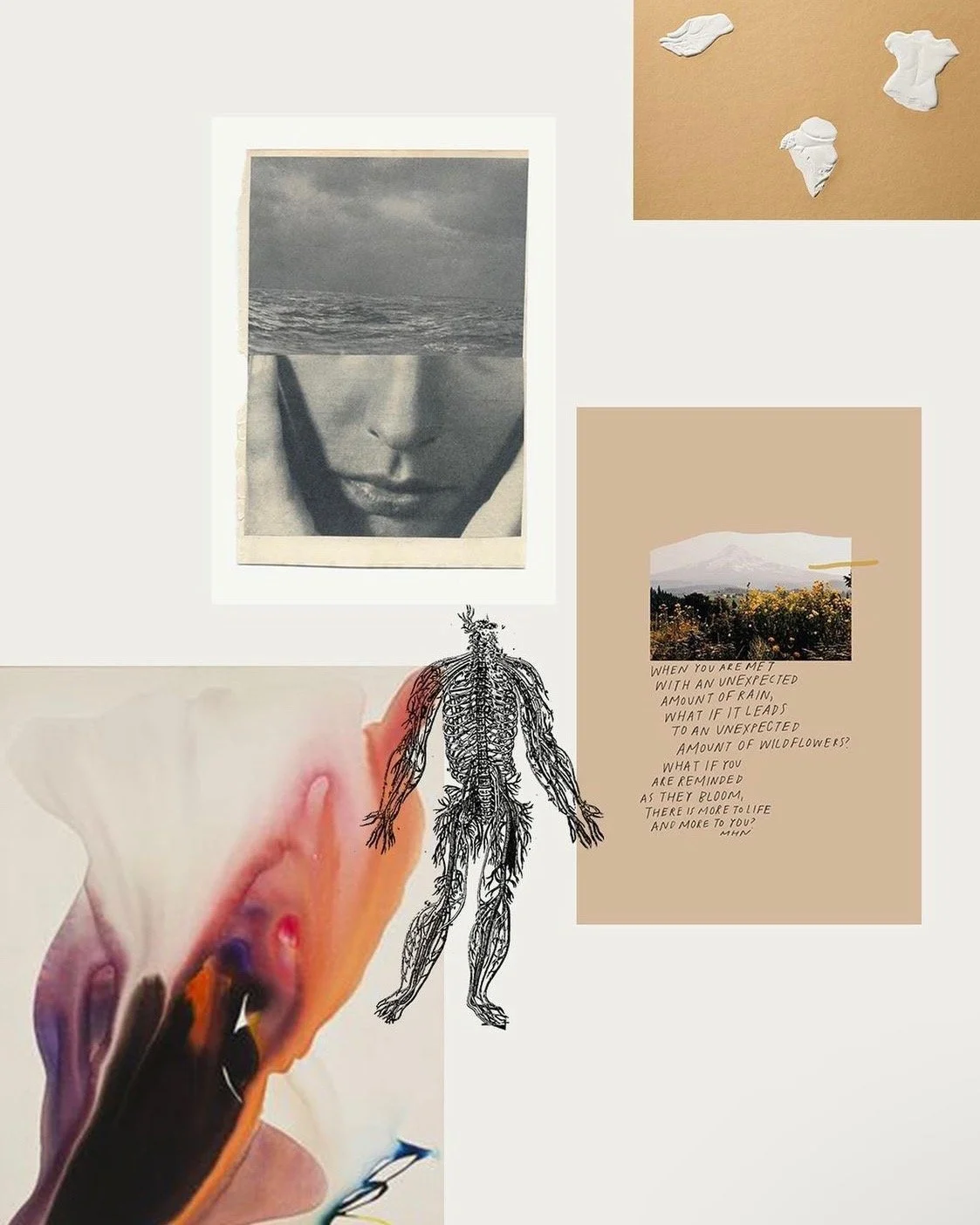Natural Motion
The mood board, often dismissed as too obvious, is one of the most misunderstood tools in the designer’s arsenal. Sure, some are uninspired collages of overused references, but the best ones? They’re an art form. A well-curated mood board doesn’t just hint at a direction; it shapes the DNA of a project. It informs, inspires, and excites, offering a framework for design that’s as visual as it is conceptual.
Its success hinges on two factors: the curator and the observer. The curator selects imagery with intention, suggesting meaning through deliberate choices. The observer brings their own experiences and context, layering on interpretations that evolve into something uniquely collaborative. This interplay makes the mood board not just a static object but a dynamic tool for dialogue.
For outgoing introverts, mood boards are particularly valuable. They communicate complex ideas visually, bridging gaps between internal thought and external collaboration. A carefully arranged board can say more in a glance than a thousand words, helping designers connect with clients or collaborators on a personal and universal level.
In this series, I’m sharing some freeform mood boards—created without a brief, open to interpretation. These pieces are less about prescriptive meaning and more about sparking connections. They’re exercises in free association, designed to invite the viewer to find their narratives and directions.
Like all great designs, the mood board thrives on intention, context, and curiosity. At its best, it’s not just a tool for development—it’s a conversation starter, a storytelling device, and, perhaps most importantly, a source of joy.



